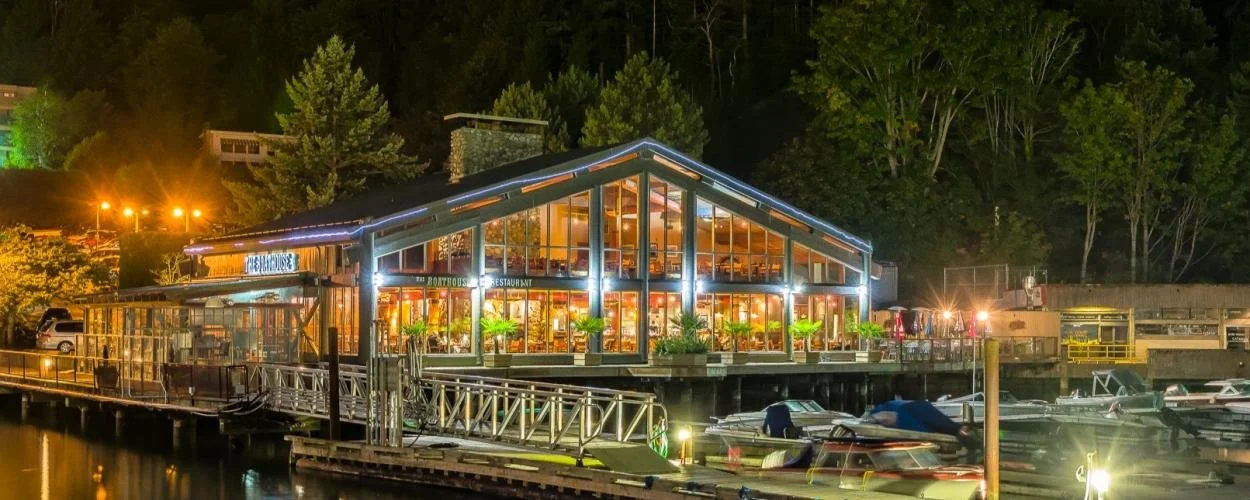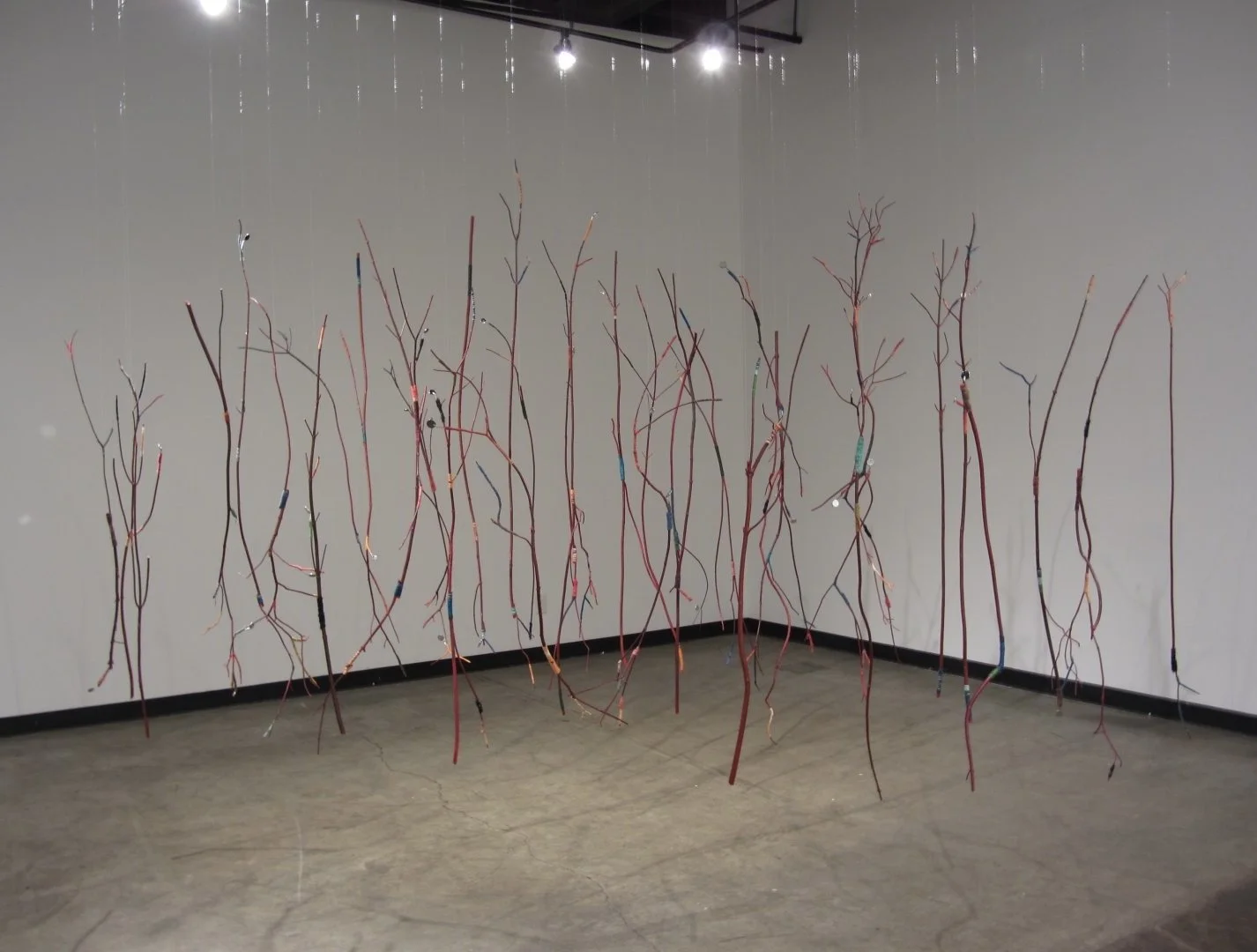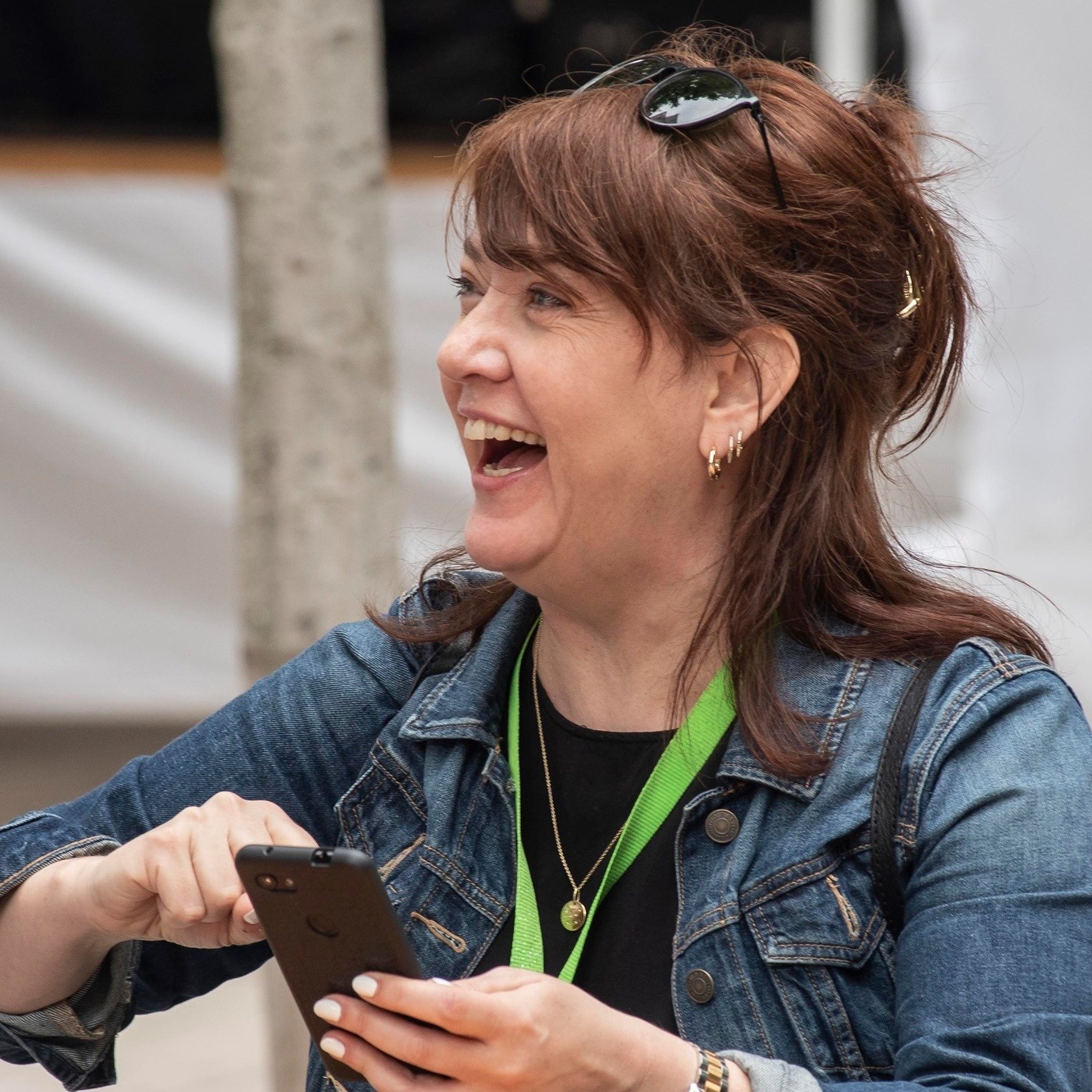Vancouver Indigenous Fashion Week brings substance and spirit to the runway
Founder Joleen Mitton reflects on the fifth iteration of an event that embraces designers like Pam Baker and Osamuskwasis Roan, as well as artistic and political ideas
A design by Pamela Baker, who closes the event. Photo by Alana Paterson
Joleen Mitton at Vancouver Indigenous Fashion Week. Photo by Alana Paterson
Vancouver Indigenous Fashion Week and its Indigenous Market run at the Queen Elizabeth Theatre from November 20 to 23
BUILT CAREFULLY OVER its past four renditions, Vancouver Indigenous Fashion Week has grown into something unlike any other runway event in the world. And it’s evolved in ways that counteract every assumption about an industry often associated with fickle trends and skin-deep messaging.
When it returns to the Queen Elizabeth Theatre from November 20 to 23, VIFW will feature not only the flourishing Indigenous design happening here and across the country, but Indigenous performers, including cello sensation Cris Derksen and opera-R&B singer Alicia Kayley. The four big runway shows this year include an opening Red Dress Event that pays meaningful tribute to missing and murdered Indigenous women, girls, LGBTQ+, and Two Spirit people. And behind the scenes, a Wisdom Circle of women is there to advise and support, and organizers take part in ceremony on top of their business meetings.
“I wanted to create a show that I would be interested in, not just going on trends but figuring out where spirit is—looking at singers and designers and artists,” explains Joleen Mitton, reflecting on the event she founded in 2017. “For me, it’s important having older people around me to guide me in a sense of how to do things as far as protocol, political stuff, or navigating through money. Our Wisdom Circle is just a badass team of Indigenous women who are knowledge keepers. I have to go through so much less because they've paved a lot of the way.
“You have to have your aunties—it’s about family going altogether,” Mitton adds. “It’s been a slow build, not a fast build—and I think that's probably why we’re so great: we’re not grasping at cheesy stuff, we’re looking for substance.”
That substance is no more evident than in the event’s now traditional opening Red Dress Event, in which designers let their imaginations soar spectacularly with the titular colour—but also ground the show in a sociopolitical message.
“We all know someone who’s gone missing,” says Mitton, who was raised by a mother who endured the trauma of the ’60s scoop. “And for my mom, as a troubled youth herself there was this feeling of not being good enough. So having that Red Dress night at the end of the day is basically saying, ‘Love yourself,’ but also to honour missing people. That kind of ties in together with making it so beautiful that you can't turn away. I have so many friends whose parents have passed away and been murdered, and knowing that this epidemic is still happening, this is just something that has to be addressed—and the only way I know how to fight back is to have this Red Dress night.”
For 2024, VIFW is seeing an expanded Indigenous market that happens alongside the runway shows, and growing acclaim for designers across multiple generations—with an Indigenous Futures runway evening dedicated to burgeoning names in streetwear. Looks this year span elaborate couture designs, jackets emblazoned with graffiti, and pieces bearing delicate quillwork flowers. And as much heart as the event’s founder has poured into VIFW, she says she’s also getting comfortable with how “marketable” and industry-oriented it has become.
Joleen Mitton in a coat by Sho Sho Esquiro. Photo by Evan Keraaj
It’s been a long journey for Mitton, the East Van-raised entrepreneur and community worker, who is of Plains Cree, French, and Scottish heritage. Famously scouted at 15 in a PNE lineup, she spent 18 years travelling the world as a professional model. But disillusioned, she left the fashion industry and returned to Vancouver in 2008, reconnecting with her Indigenous community and mentoring Indigenous girls in the Downtown Eastside.
Mitton recalls that part of the reason she left the fashion world was the sidelining of Indigenous designers, and the appropriation she saw of First Nations imagery: Mitton remembers modelling in a show in Taiwan with a dreamcatcher around her neck. With VIFW, she aimed to bring Indigenous traditions and symbols back into the hands of Indigenous designers again.
“VIFW all came from a very authentic, heartfelt spot of representation—making space and creating space for Indigenous people,” she explains. “Art and fashion are something non-Indigenous people are curious about, and this is a place where they can come in, where it’s appropriate, because it's not ceremony; it’s celebration. We’re inviting non-Indigenous people to come celebrate with us and also buy from us.
“It just feels good to bring it home and make it ours again, because the intellectual cultural appropriation and all that kind of stuff has been happening for so many years. This is giving us control over our icons so we are able to share it with the rest of y’all. As Indigenous people, we're about sharing.”
This year’s VIFW is anchored by some of the trailblazers in the world of Indigenous fashion, including veteran Sḵwx̱wú7mesh, Musgamagw Dzawada'enuxw, Kwakiuł, Tlingit, and Haida designer Himikalas Pam Baker, whose elaborate Touch of Culture creations will wrap the Spirit of the West Coast closing-night show. Skwetsimeltxw Willard ‘Buddy’ Joseph and Chepximiya Siyam’ Chief Janice George will bring their Squamish weaving expertise to the Red Dress Event, while veteran Musqueam weaving artist Debra Sparrow joins forces with her daughter Aleen Sparrow on a collection that brings intricate Salish textiles to contemporary pieces.
HSTRYMKRS at VIFW. Photo by Alana Paterson
A Lesley Hampton gown. Photo by Alana Paterson
Pieces by Debra and Aleen Sparrow. Photo by Alana Paterson
Other highlights Mitton says to look out for include Anishinaabe designer Lesley Hampton, at the November 21 All My Relations evening devoted to the mix of the traditional and the contemporary: “She uses a lot of florals and makes high-end, red-carpet clothing that you would wear to an award show or something like that.” Amid the Indigenous Futures streetwear artists, Mitton is excited to show Savage Kids, by rap stars Snotty Nose Rez Kids, “Mad Max-y with all types of coloured fur, lots of leather, with a Guns and Roses kind of look.” The same evening, look for clothes emblazoned by celebrated graffiti and mural artist KC Hall, in streetwear designed with Charlie Hall for HSTRYMKRS.
Elsewhere, Mitton tags Cree-Dene artist Osamuskwasis Roan, whose gorgeous, colourful patterns and award-winning beadwork draw from the plains, flowers, and mountains in Alberta; Mitton is excited about pieces that find Roan painting over the Indian Act paperwork that Indigenous people used to have to fill out—“so it’s political but also beautiful,” she says. Showing the same night, at the Spirit of the West Coast closing event, is Kayla Lookinghorse-Smith from the hunkpapa/Itazipco Lakota/Dakota from the Standing Rock Sioux Tribe south of the border; she just showed her printed creations at New York Fashion Week.
As Lookinghorse-Smith proves, VIFW is playing out against a larger cultural landscape where Indigenous-created fashion is making its way onto mainstream runways and the pages of Vogue. And that is only feeding Mitton’s dreams to grow VIFW bigger.
“I feel like we're going to be growing out of our space very soon and we’re already talking to the Vancouver Convention Centre about next year,” Mitton reveals. “I want to make this into something big—and I do have aspirations to make this into a show that is by the cruise ships and for foreigners can come see and appreciate.” But always with that heart and spirit intact. ![]()







































